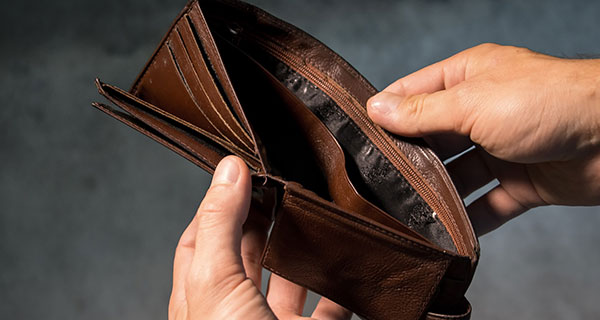 Most of us have been asked to donate to charity at the checkout counter, especially at a grocery store. A dollar here, two dollars there adds up.
Most of us have been asked to donate to charity at the checkout counter, especially at a grocery store. A dollar here, two dollars there adds up.
The practice started years ago but appears to be growing. It’s estimated that more $35 million is raised by simply asking Canadians to donate at the cash register. It’s easy and convenient.
But is it really an effective way to support charities?
Customers usually don’t get to choose the charity and they don’t get a tax receipt. And most grocers don’t match the donation. So customers do most of the financial heavy lifting without the credit.
Many store experience surveys suggest that more than half of all customers disapprove of the practice or feel pressured when asked to donate as they pay for their groceries. Many see it as guilt giving. And many customers dislike the practice because of the lack of transparency about what happens to the money.
And do grocers take the credit for giving to charity when funds come from their customer base?
So expectations among customers are shifting and grocers may need to think of different ways to support charity campaigns.
A U.S. study shows that customers are most likely to go back to the same food store even if they’ve felt pressured or they disliked being asked to donate. Checkout charity is far from a deal breaker for most of us.
But in an era of corporate trickery and scandals in the food industry, a growing number of people expect more transparency about what happens to money donated at the cash register. This may be one reason that self-checkouts are more popular than ever. No person asks you to donate. And if a machine asks, it’s much easier to say no. The same rule applies to online purchases.
It’s critical for grocers to create a real reciprocal benefit so all parties involved win. Seeing grocers wanting to make a difference in society is desirable. But this is about forging a partnership with customers in order to help those in need. Because it is about a partnership, it is for the greater good.
Most campaigns put the onus on cashiers to ask for a donation and the request comes as a surprise for many customers. We get just a few seconds to think about the cause and the donation, and to make a decision.
Grocers could spread messages about the campaign throughout the store so customers can see how much impact their efforts have on the community. This could include stories, anecdotes or other information to help customers understand the impact of the campaign. Posters and frequent announcements could help.
And why not provide an incentive for customers to donate, like a ticket in a draw? Some grocers ask customers to add their names to a wall of appreciation for their donation but that can be overdone. It also slows checkout for everyone.
Grocers mean well by asking for donations and it will continue. But these programs can be complicated for grocers to implement, creating as much customer annoyance as they do goodwill.
It is a quick way of showing the public how much grocers care about their community. But making sure the public knows the story – where funds go and how much of a difference a donation makes – can go a long way to demonstrating that caring.
Given that the practice raises a significant amount for worthwhile causes, the approach needs to be refined to survive the skepticism and cynicism we see too often these days.
Dr. Sylvain Charlebois is senior director of the agri-food analytics lab and a professor in food distribution and policy at at Dalhousie University.
Sylvain is a Troy Media Thought Leader. Why aren’t you?
The views, opinions and positions expressed by columnists and contributors are the author’s alone. They do not inherently or expressly reflect the views, opinions and/or positions of our publication.

